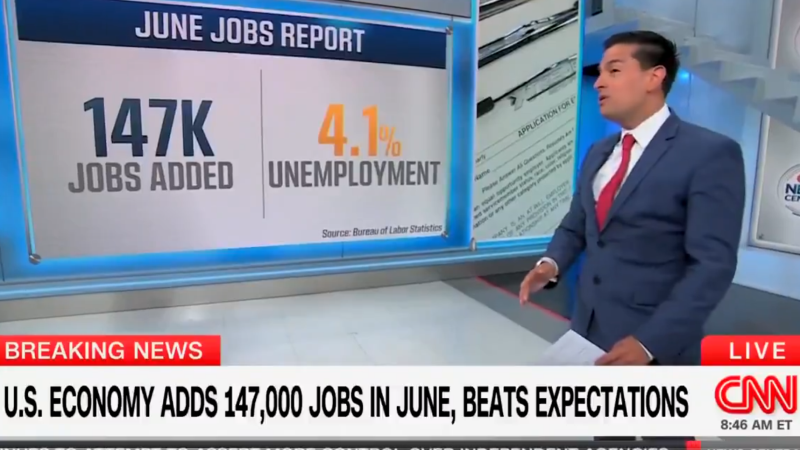
“The suburbs have been on fire. I’ve never seen such a landlord-favored market.”
In what might be the most least surprising news of the week, retailers are ditching cities and moving to the suburbs. It’s a trend we’ve already seen in places like New York, Philadelphia, Chicago and San Francisco.
Now, it’s taking place in Boston. According to a new report from Bisnow, the retail sector in Boston’s suburbs is experiencing a revival, with locals spending less time traveling to the city center and seeking more shopping and dining alternatives in their own neighborhoods.
The report says that retailers are adapting to changing consumer trends by moving towards suburban areas. However, this shift is bypassing traditional enclosed malls in favor of suburban main streets and open-air lifestyle centers, as reported by brokers and landlords.
Bisnow notes that the high demand has led to lower vacancy rates, enabling property owners to increase rents and transfer expenses to tenants. Simultaneously, this trend is challenging for new businesses seeking to establish themselves in these areas, prompting developers to consider increasing supply.
Bialow Real Estate CEO Corey Bialow commented: “The suburbs have been on fire. I’ve never seen such a landlord-favored market. It’s become the norm that if any good space comes up in a strong suburban shopping center, there’s four or five offers right out of the box.”
He added: “As people are spending more time at home instead of going to lunch down on Boylston Street, they’re having lunch around the corner from their house in downtown Newton or downtown Beverly. We’re just seeing a lot of these small downtowns re-emerge, which is good for the community.”
Boston’s consumer behavior shift will become evident in the upcoming holiday season, expected to be robust. Deloitte’s Holiday Retail Survey indicates Boston shoppers will spend an average of $1,883, up 16% from last year and 14% above the national average. This expenditure includes non-gift items like personal clothing and home furnishings, with 81% of respondents planning such purchases, the report says.
The pandemic’s impact on work and commute patterns has shifted retail hotspots from downtown areas like Newbury Street and the Seaport to suburban town centers. These New England main streets in Newton, Brookline, Dedham, Arlington, Wellesley, and Lexington, known for their quaint low-rise buildings and local retail, are in high demand but face low vacancy rates. For instance, Newton Centre has less than a 2% vacancy, making it challenging for new businesses to enter these bustling retail corridors.
Whitney Gallivan, managing director at Boston Realty Advisors, added: “There’s certainly been a flock to the suburbs. With the access to the work-from-home environment, as well as hybrid workplaces, I think more and more people are able to gravitate further away from the city.”
“Young families and young people want their suburbs and want their town to have more. They want the fitness concept, they want the fast-casual place to grab food, they want a brewery. We are starting to see the suburbs light up,” Gallivan added.
Judy Cazeau, associate retail broker at Avison Young’s Boston office, added: “You’re looking at astronomical numbers to get your storefront running. I’ve seen several landlords, even in markets that aren’t even in Boston, asking for 5% annual increases, and it’s kind of jaw-dropping.”
She concluded: “Cities and towns are just becoming a little more hip. They’re investing in their smaller communities and small businesses.”
You can read Bisnow’s full report here.




